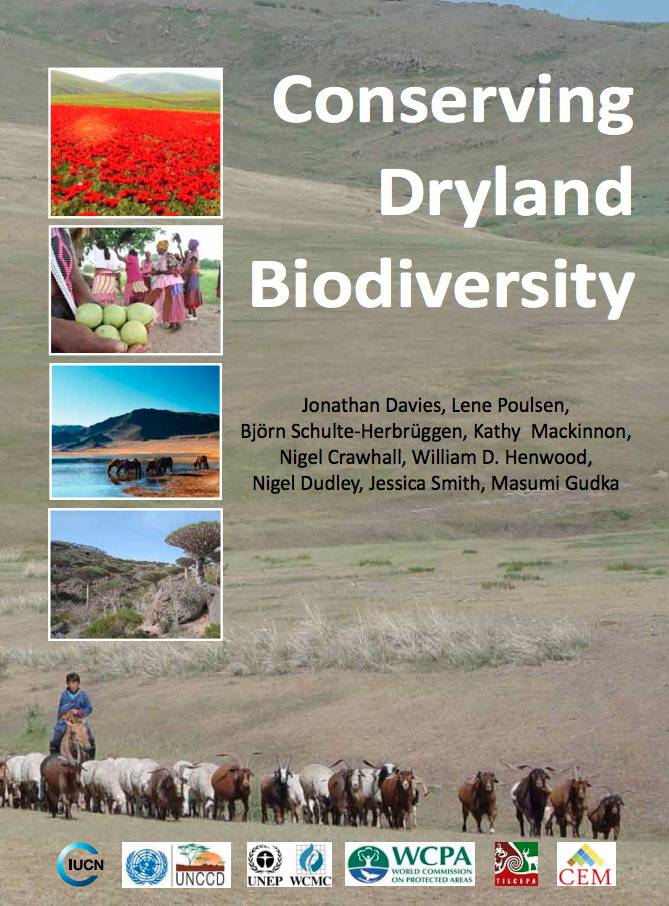The United Nations Environment Programme (UNEP) is the leading global environmental authority that sets the global environmental agenda, promotes the coherent implementation of the environmental dimension of sustainable development within the United Nations system and serves as an authoritative advocate for the global environment.
UNEP work encompasses:
- Assessing global, regional and national environmental conditions and trends
- Developing international and national environmental instruments
- Strengthening institutions for the wise management of the environment
Mission
"To provide leadership and encourage partnership in caring for the environment by inspiring, informing, and enabling nations and peoples to improve their quality of life without compromising that of future generations."
Members:
Resources
Displaying 46 - 50 of 106Technologies for climate change mitigation: agriculture sector
This guidebook by the United Nations Environment Programme (UNEP) Technology Needs Assessment (TNA) project describes crop and livestock management technologies and practices that contribute to climate change mitigation while improving crop productivity and reducing reliance on synthetic fertilizers. It focuses on six broad mitigation measures: cropland management; livestock management; manure/bio-solid management; bioenergy; grazing land management/pasture improvement; and the management of organic soils and restoration of degraded lands.
Conserving Dryland Biodiversity
Dryland biodiversity is of tremendous global importance, being central to the well-being and development of millions of people in developing countries. In June 2012, at the UN Conference on Sustainable Development (or “Rio+20”), global leaders from governments and civil society reaffirmed the intrinsic value of biological diversity and recognised the severity of global biodiversity loss and degradation of ecosystems. Although drylands were implicitly recognised, there continues to be inadequate attention to this major biome that covers such a vast part of our world’s terrestrial surface.
An ecosystem services approach to water and food security. [Synthesis report].
Technologies for climate change adaptation: agriculture sector
The agriculture sector faces the challenge of providing adequate food to a growing world population. There is limited scope to expand arable land, and unpredictable weather, floods, and other disastrous events make food production even more challenging. This guidebook provides information on 22 technologies and options for adapting to climate change in the agriculture sector.




